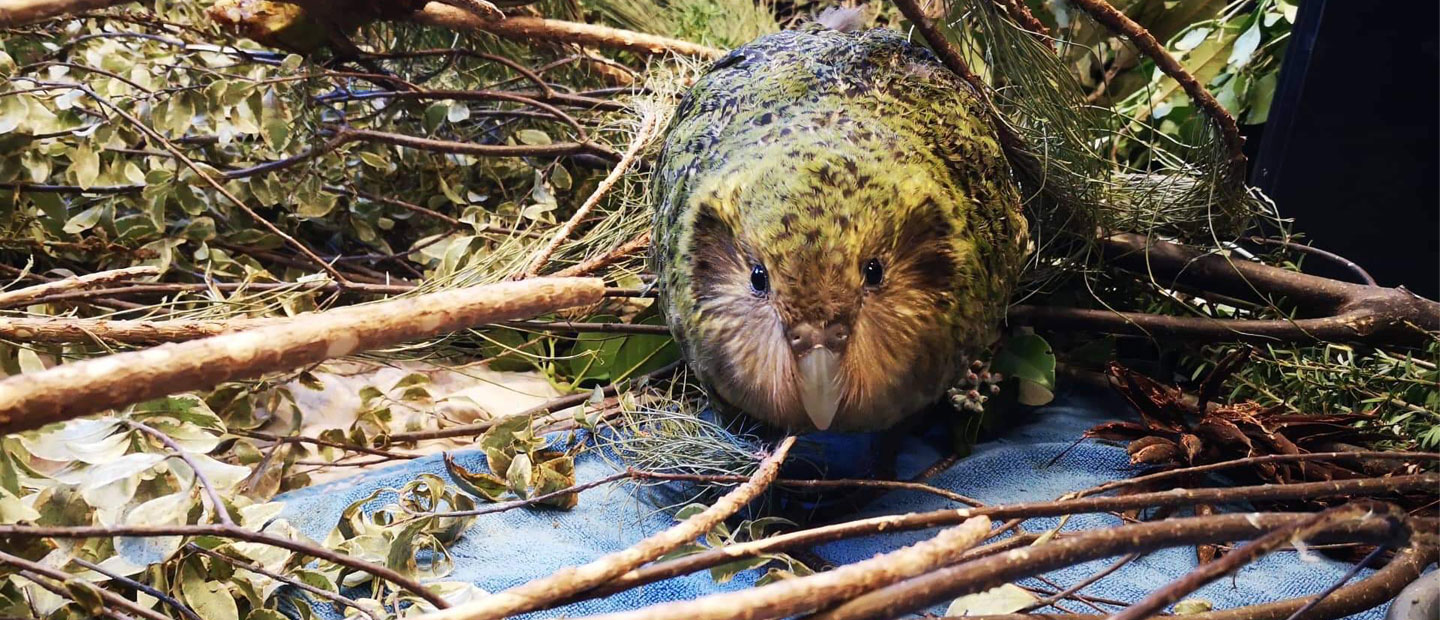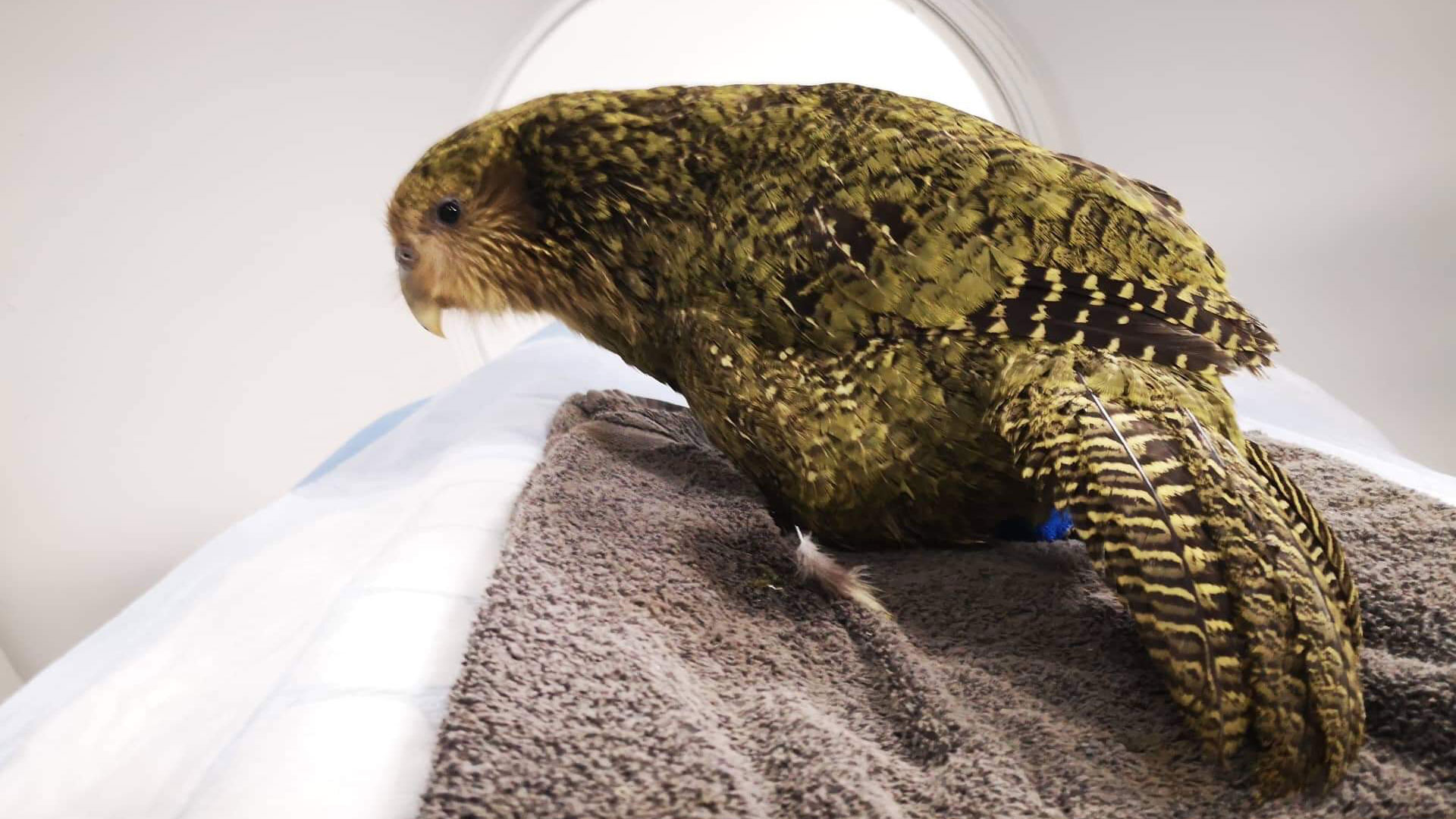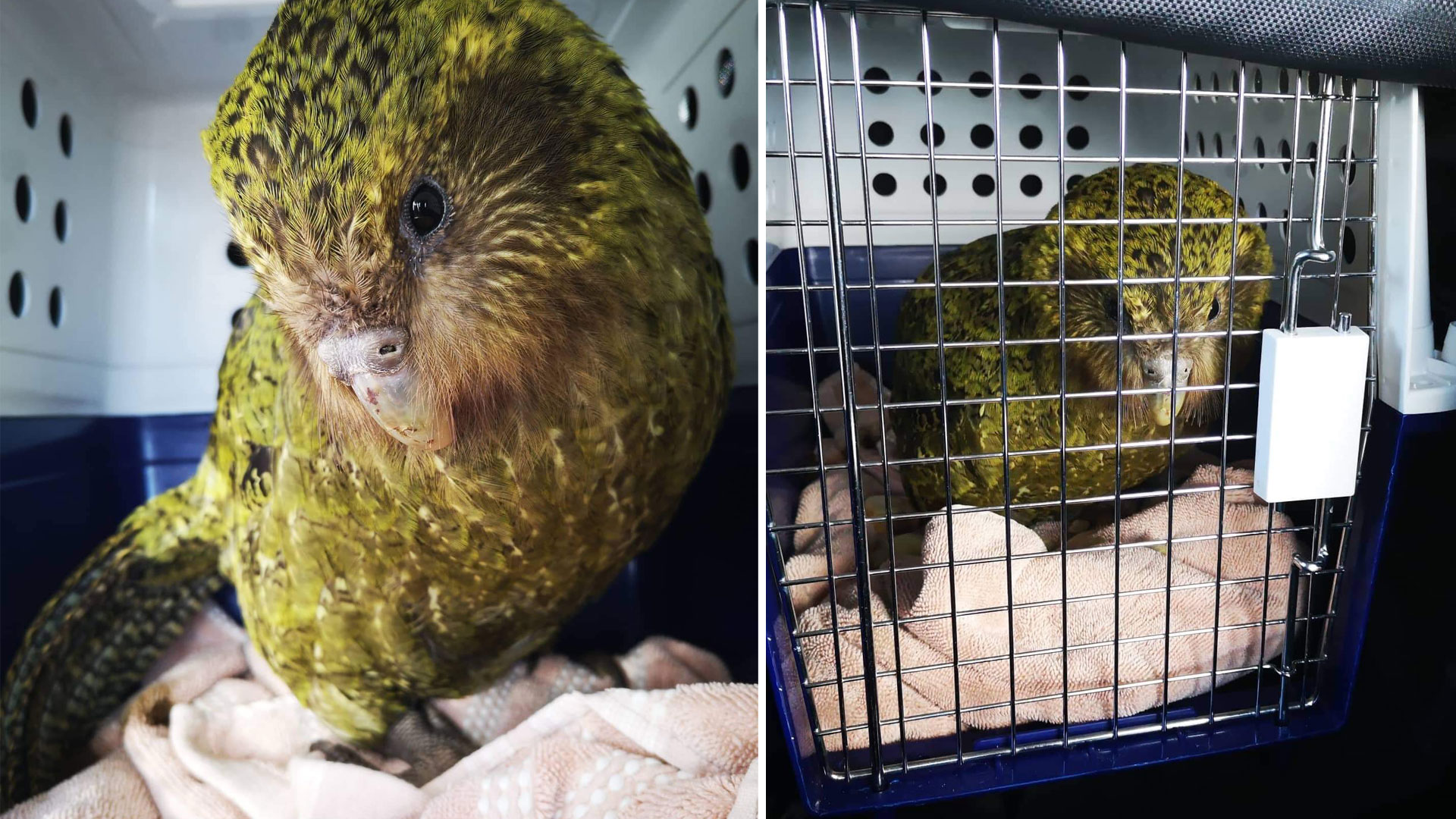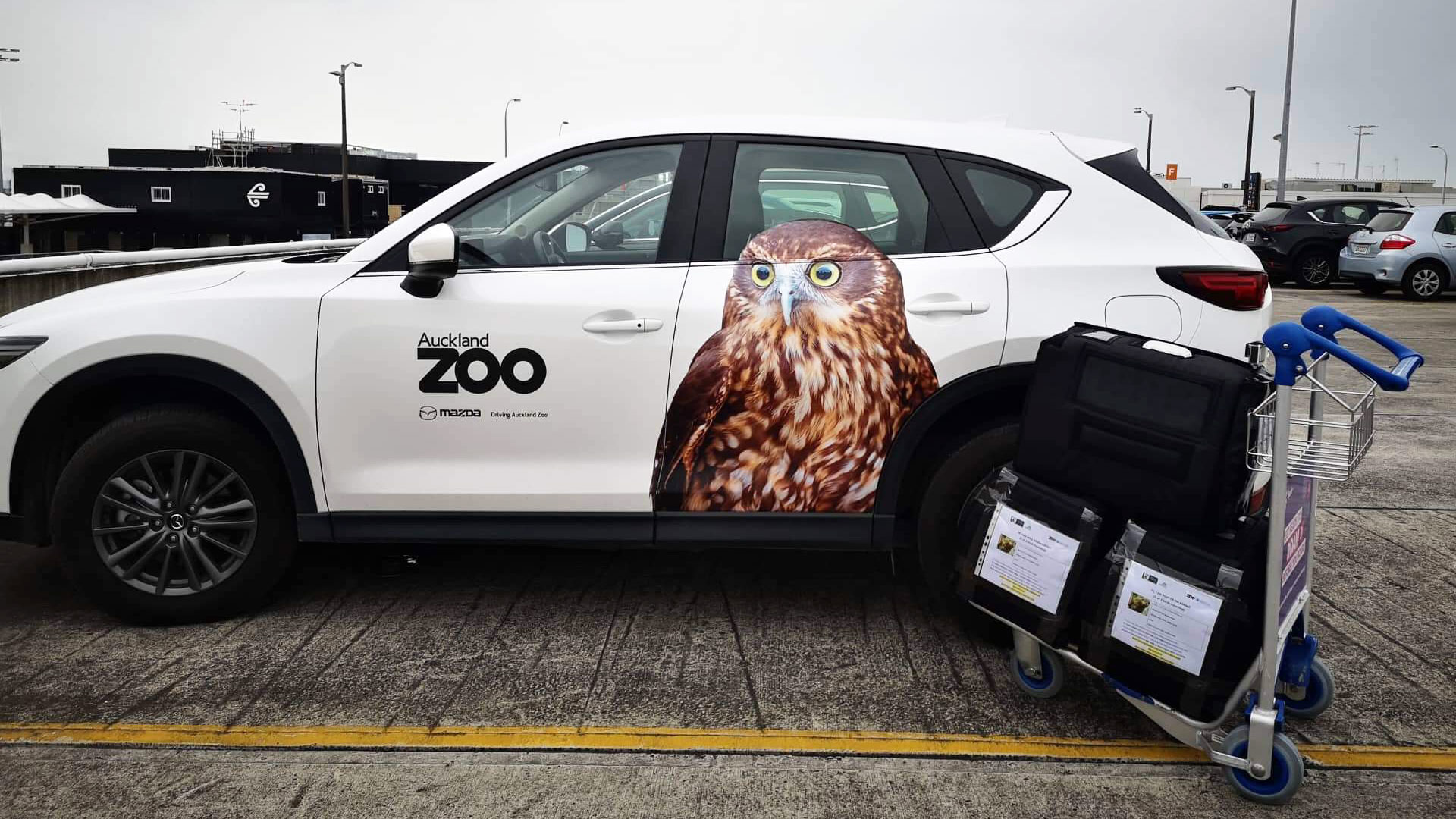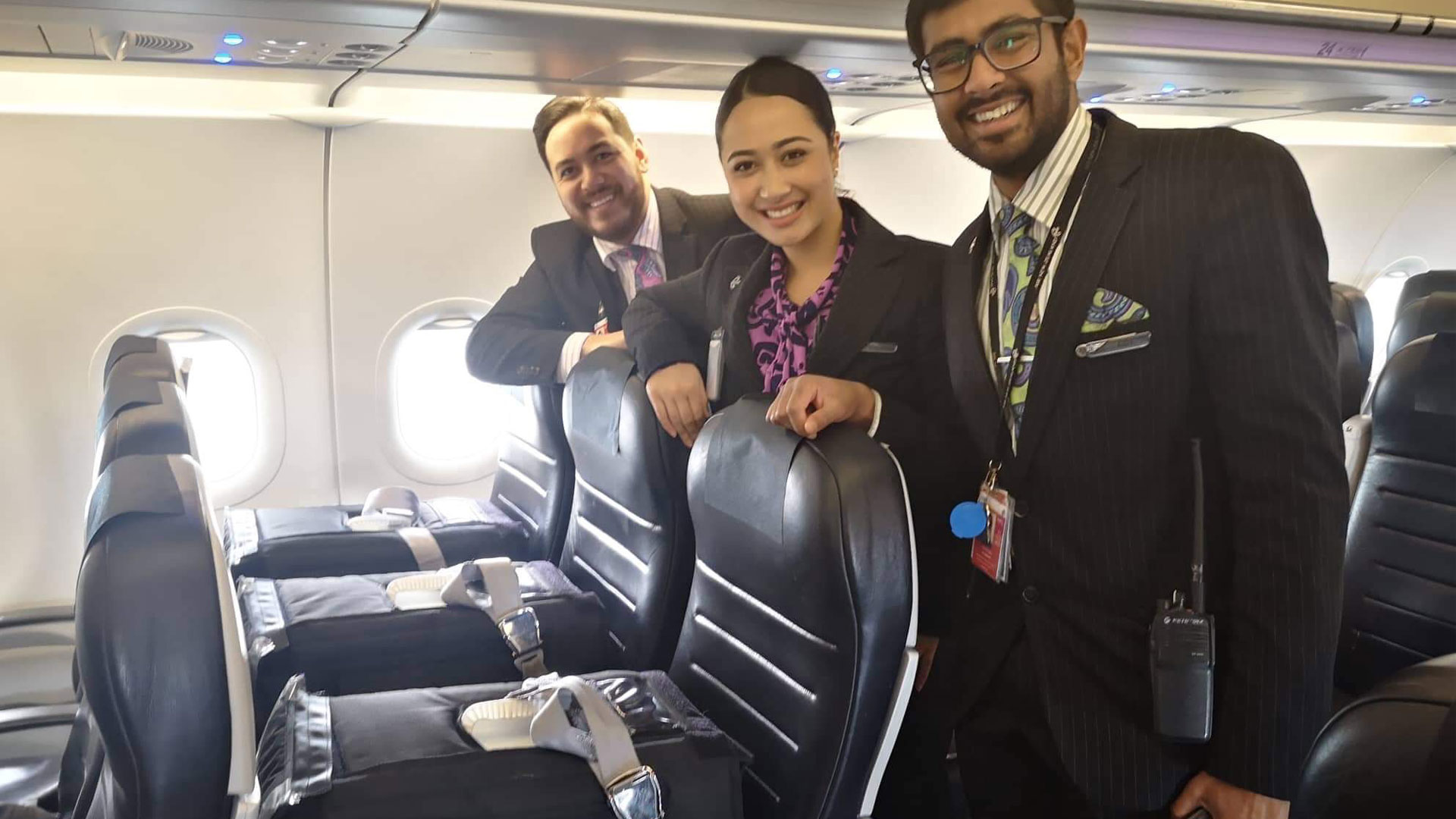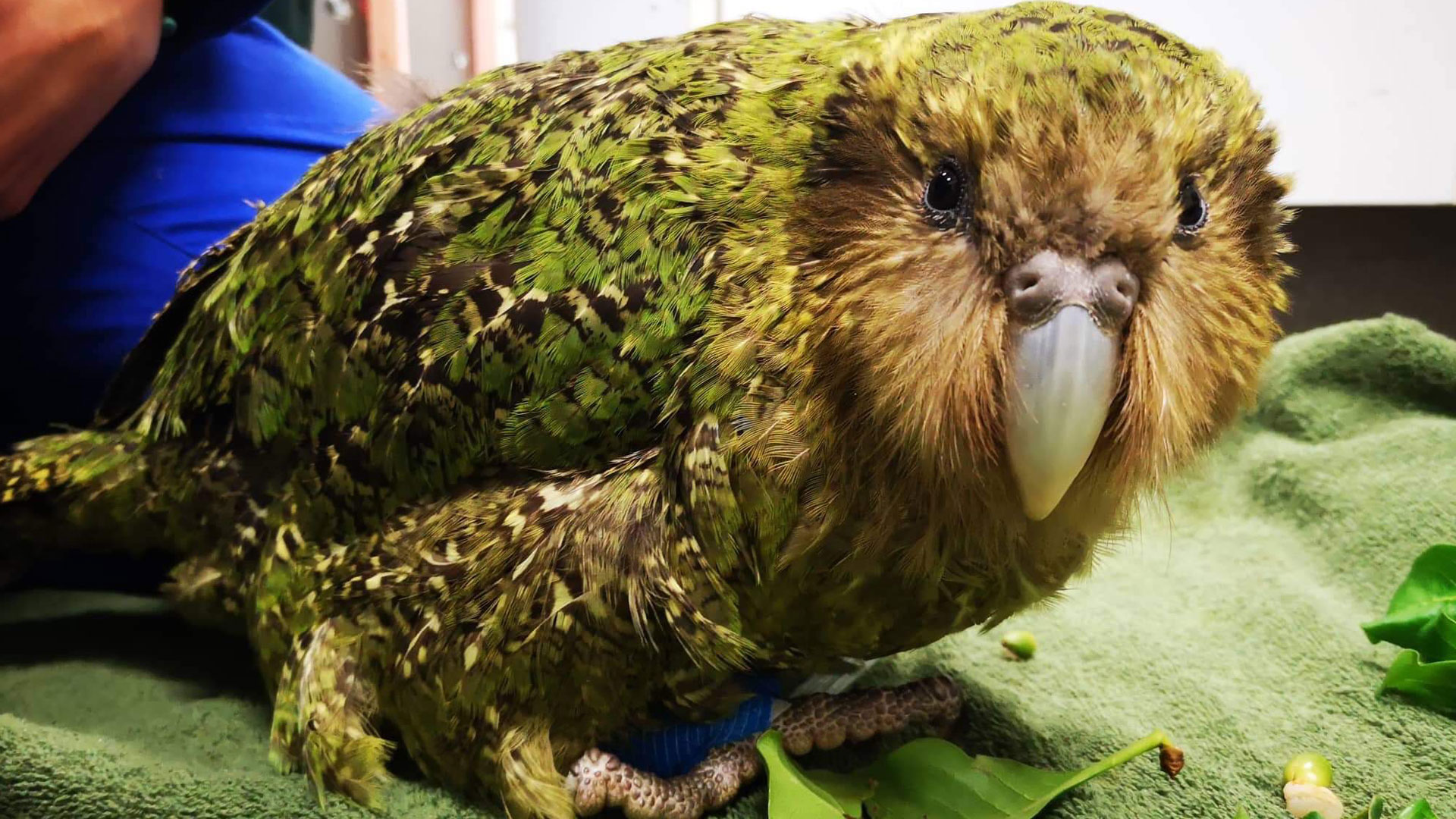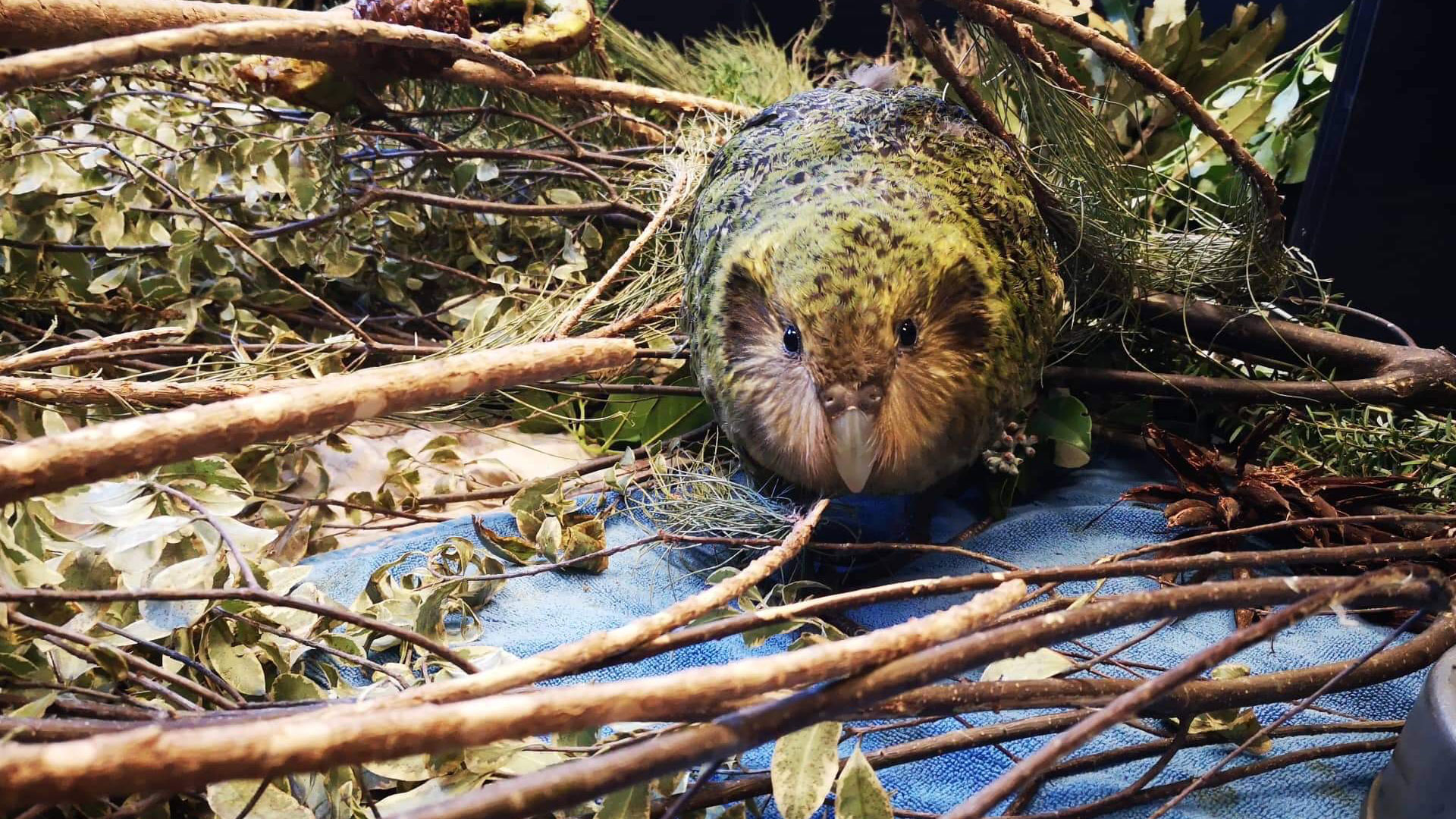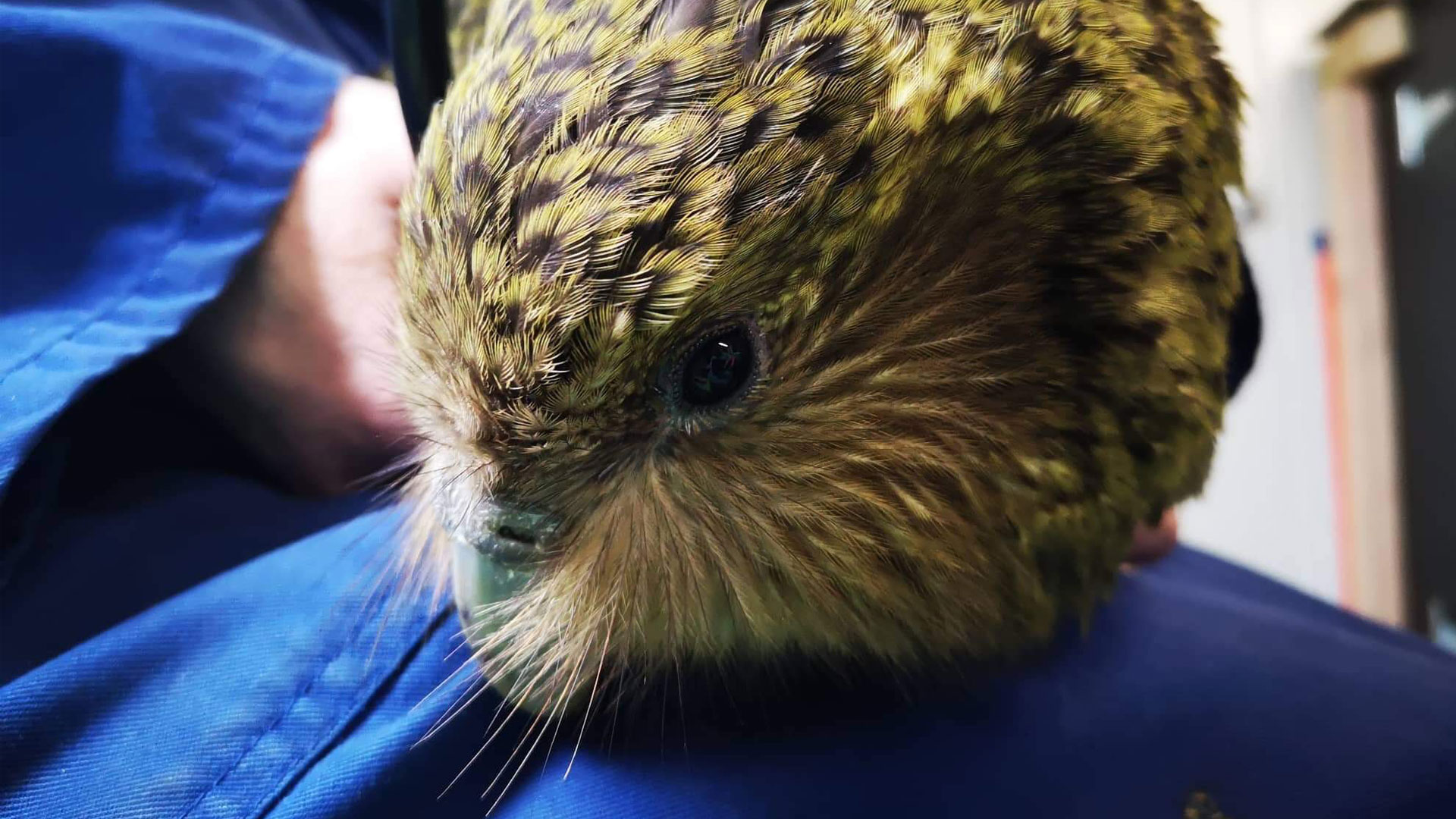Perhaps the most at-risk and sick kākāpō chick that our team treated, Alice-3-A arrived with a high white blood cell count (indicative of fighting an infection) and CT scans showed she a granuloma completely obstructing one of her bronchi, meaning that one of her lungs was blocked off, this again was consistent with aspergillosis. This poor chick found it so difficult to breathe the team were worried that her airway may become completely obstructed. Thankfully with the use of nebulisers in combination with oral antifungals, antibiotics and anti-inflammatories Alice-3-A has made an amazing recovery. She was also a very sweet bird, very tolerant of all the treatment and procedures she had to undergo though she was not afraid to tell the team off when they would get her out of her nestbox where she was resting.
Caring for wildlife this endangered – and with historical data to compare this with very scarce – the research and hard mahi of our vet team and colleagues has been rewarded, which isn’t always the case with animals this young and so sick. Now these three young kākāpō are disease free they are heading to their protected island home of Whenua Hou today with VIP treatment from the Air New Zealand crew!
We’re now caring for four kākāpō (2 adults and 2 chicks) which means the wonderful efforts of our vet team are truly paying off. We will keep you posted on their progress in the coming weeks.


